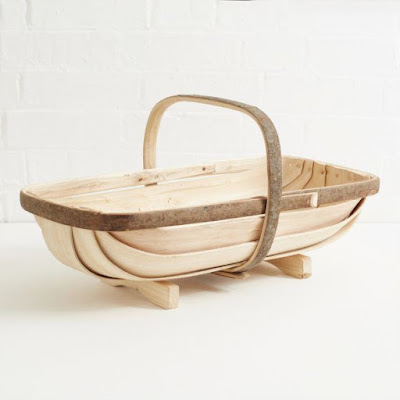Not as old (but also looking great) is the facade of this pub on the corner of the street.
One thing that I noticed was how wonky the jettied first floors on some of the buildings were...
I went to a very interesting talk by Laurie Smith a while ago. He is an expert on the geometrical methods that builders used to plan constructions throughout much of history.
When factors such as irregular sizes of materials meant that exact measurements using units such as inches were not as useful in planning a construction, things were laid out using geometry.
Laurie Smith showed us how proportions and angles were worked out using simple geometrical techniques, meaning that they could be planned using just a ruler, a pair of compasses and a scribe (such as a piece of chalk).
At one point, he remarked that he enjoyed looking at old buildings and working out how they had been altered from their original form over time. This could be done by a knowledge of the use of geometry in planning. He could tell if a gable had been removed or rooms added because they didn't follow the patterns that were easy to spot if one has the knowledge of these procedures.
One reminder of these planning techniques that can be seen in some old buildings is a 'daisy wheel', like this one from Court Farm at Himbleton in Worcestershire:
 |
| Image from: http://www.explorethepast.co.uk/2014/10/averting-evil-evidence-from.html |
Some believe that these daisy wheels were used to ward off evil in old buildings. Laurie Smith said to me that he hadn't delved into that possible side of their history, but that they certainly were an example of a design used in planning geometry as well.
A pub on Friar Street called 'The Cardinal's Hat' proclaims that it is 'Worcester's Oldest Inn'.
Apparently there has been a pub on the site since the fourteenth century, when the inn catered to pilgrims and visitors to the nearby Friary (which ended with the Dissolution of the Monasteries by Henry VIII). The current building dates to the mid-seventeenth century and I took a moment to check out the carvings in the spandrels around the front door. These are over a window to one side:

